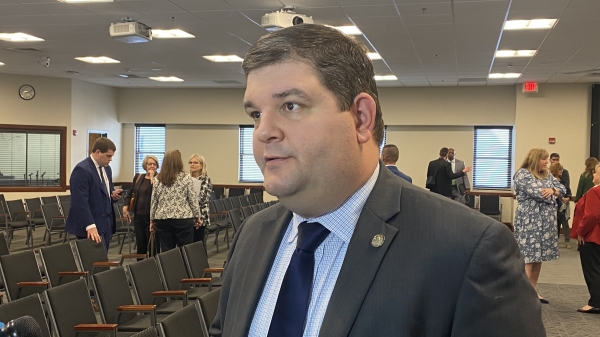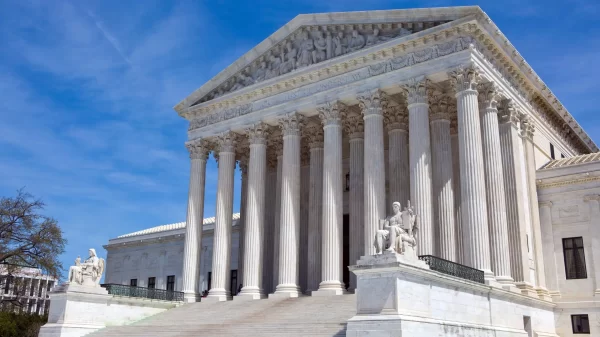By Jack Hawkins, Jr., Ph.D
Student debt is the hot-button issue in higher education. Each summer I hear from parents of incoming freshmen concerned about the challenge of rising debt and the impact it will have on their student’s future.
Their fears are well founded. Student debt in the United States exceeds $1.26 trillion, and for the first time exceeds credit card debt. More than 44 million Americans carry student loan debt and the average monthly payment for those 30 and under is $351 a month. One study even estimates students borrow on average about $12,000 more than they need to finance their education.
The members of the class of 2015 across the USA, on average, carry over $35,000 in college debt. Graduates from Alabama public universities face average debt of almost $30,000. The class of 2015 at Troy University fares better, as our grads face “only” $21,500 average debt. While we are proud new TROY alumni assume less debt than most of their peers, we also know it’s time to reverse this trend lest multiple generations of Alabama citizens start their professional lives burdened by crippling debt.
When considering the question of college affordability, I can’t help but turn back the clock 50-plus years, when I was a freshman at the University of Montevallo. My bill for tuition, room, board and books for the academic year was about $1,000. Today, students spend more than that for a year’s supply of textbooks.
We are seeing a change in the value policy makers place on higher education. We once valued higher education as crucial to the public good in America. Public policy—most notably the G.I. Bill adopted after World War II—made higher education accessible and affordable. In addition, we saw concomitant investment in higher education by state legislatures that reflected the value placed on an educated populace. When I became Chancellor in 1989, 44 percent of TROY’s annual budget was provided by state government. Today, less than 20 percent of our revenue is state-provided.
A study by the Center on Budget and Policy Priorities shows since 2008, when the US economy slid into recession, 46 states spend less per student than before the recession. Alabama ranks fifth on the “hardest hit” list, as we have cut higher education by 36 percent since 2008. At TROY, our annual appropriation fell from $62 million in 2008 to $49.3 million this year.
This downward spiral of state support defies logic, given that a college degree remains the “golden key” to success. The unemployment rate for 25-34-year-olds who hold the bachelor’s degree is less than 3 percent, while the unemployment rate for 25-34-year-olds without a bachelor’s degree tops 9 percent.
Alabama universities have reacted to the funding cuts by holding tuition increases to a minimum. Still, tuition increased 62 percent at Alabama universities since 2008. The net effect has been to shift the burden of paying for public education from the State to the student.
The other reaction to downward funding is good stewardship by Alabama universities. At TROY, for example, for every dollar of state money we receive we generate $3.00 in tuition and fees. In 1990, our buildings and grounds staff totaled 112 employees. Since 1990 we have more than doubled the amount of square footage on the Troy Campus, yet we have increased that staff by only 19 percent. Truly, busy people are happy people, and our staff is deliriously happy! And, more than a decade ago, TROY University re-invented itself by merging three separately accredited institutions into one, saving more than $10 million in the process.
In addition, Alabama’s universities have increased efforts to raise private funds in an attempt to offset losses in appropriations. However, while many donors will provide funds for buildings and scholarships, few give to operations. We simply cannot offset through private support that which is no longer provided by the State of Alabama.
A good practice in setting budgetary priorities is to feed strengths and starve weaknesses. By any measure Alabama higher education is a strength that deserves feeding. Moreover, Alabama’s students deserve the opportunity to pursue an affordable, high-quality college degree without paying a penalty in the form of years of debilitating debt. And it takes resources to offer quality instruction and excellent student service. It’s time for Alabama’s lawmakers to provide Alabama higher education—and its students—the financial support they deserve.
Jack Hawkins, Jr., Ph.D, is chancellor of Troy University.


















































You must be logged in to post a comment Login